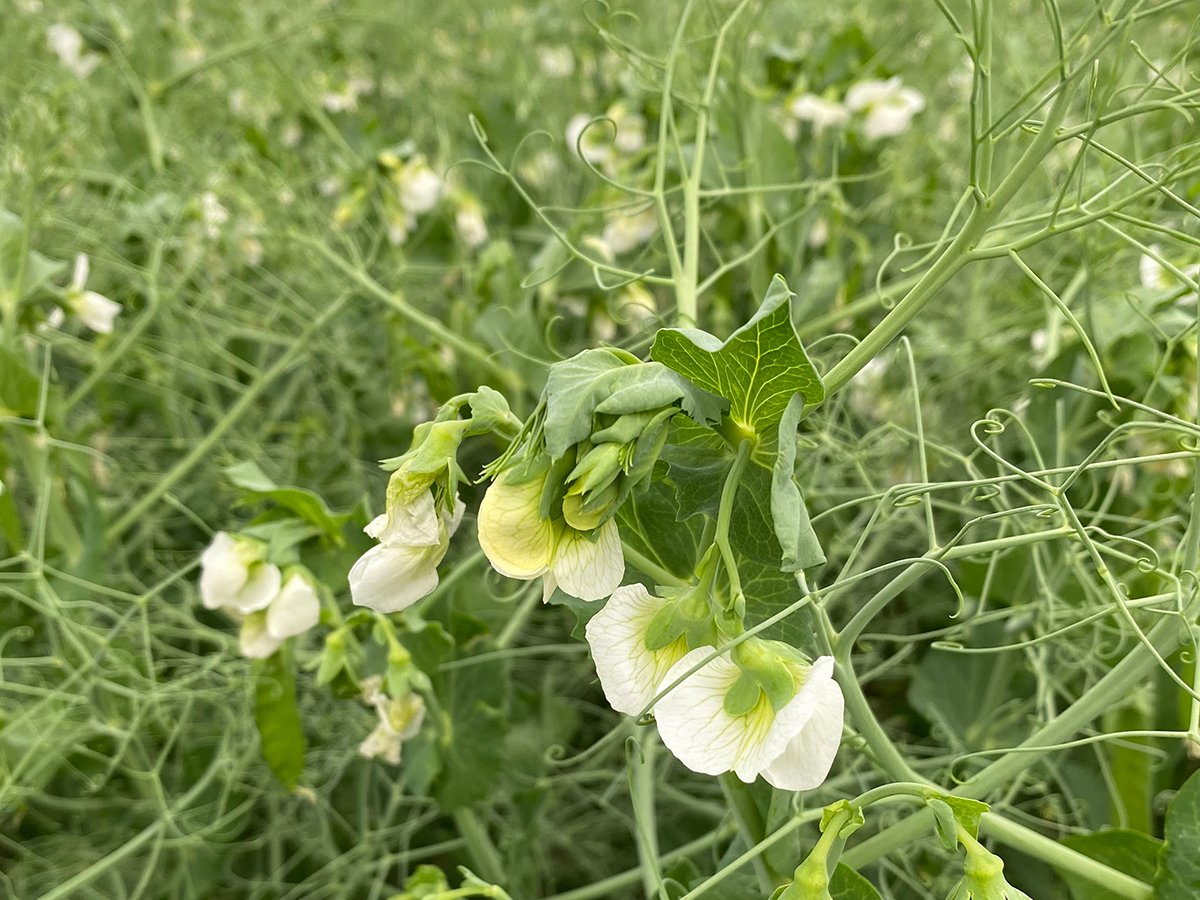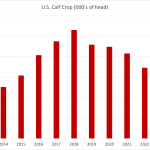India’s pigeon pea crop has considerable quality damage but don’t expect increased demand for Canada’s limited supply of green lentils, say analysts.
IGrain India Pvt is forecasting 3.1 million tonnes of Indian pigeon pea production, down slightly from last year. Crop damage was caused by harvest winds, rain and serious pest infestations.
IGrain estimates 20 percent of the pigeon pea crop in the states of Maharashtra and Karnataka is affected. Those two states account for 80 to 90 percent of India’s pigeon pea production.
Read Also

Pulse fractionation business expected to soon get a boost
Louis Dreyfus Company will soon be producing pea protein isolate at its new plant under construction in Yorkton
Domestic supplies are starting to arrive in the markets of Maharashtra and Karnataka where there are mounting concerns about a shortage of good quality seeds.
An estimated one-third of the crop has been damaged in Deglur, an important growing region of Maharashtra.
“In Karnataka, heavy damage to crops was reported due to winds, rain, flooding in the fields and an outbreak of insects and diseases,” IGrain director Rahul Chauhan said in a recent article he wrote for the Global Pulse Confederation.
He estimates that one-third of the crop in Gulbarga, an important farming district of Karnataka, has been damaged. There are similar reports from other districts in the state, including Talikoti and Bidar.
When India has a problem with its pigeon pea crop, it often results in increased demand for Canadian green lentils, which are a good and usually price-competitive substitute ingredient.
But don’t count on that in 2022, Chauhan said in an email. The chances are slim that India will import significant volume of Canadian green lentils.
That is because Indian traders imported an estimated 412,000 tonnes of pigeon peas from African nations and Myanmar between April and November 2021.
“Large volumes of both (pigeon peas) and urad have already been imported and there are good stocks available with both importers and stockists,” Chauhan said in the GPC article.
Supply was more than what was required for that period, leading to depressed prices for the crop.
David Nobbs, special crops trade manager for Purely Canada Foods, said Canadian green lentils are priced at about $1,200 to $1,300 per tonne compared to $800 per tonne for Indian pigeon peas.
“We’re just way overpriced to be competitive at all,” he said. “There is zero interest on red lentils or green lentils from India. Like nothing.”
Canada doesn’t exactly have an overabundance of green lentils. Statistics Canada estimates large green lentil production at 244,000 tonnes, down 60 percent from 2020 levels.
Supplies are limited in the United States as well, where farmers harvested an estimated 230,880 tonnes of all types of lentils, down 31 percent from the previous year.
India’s own crop is now hitting the market and supplies will trickle in through the end of March.
More imports are likely because on Dec. 20 the Indian government extended the duty-free import of pigeon peas, urad and mung to March 31, 2022, from the previous deadline of Dec. 31, 2021
“It is possible that the reason for the extension of free imports is that the government is predicting a sharp decline in production of both (pigeon peas) and urad,” Chauhan said in the article.
After March, new crop supplies from Myanmar will arrive and will be a factor through the end of July.
“Myanmar has a good crop this year,” he said in the email.
sean.pratt@producer.com
















